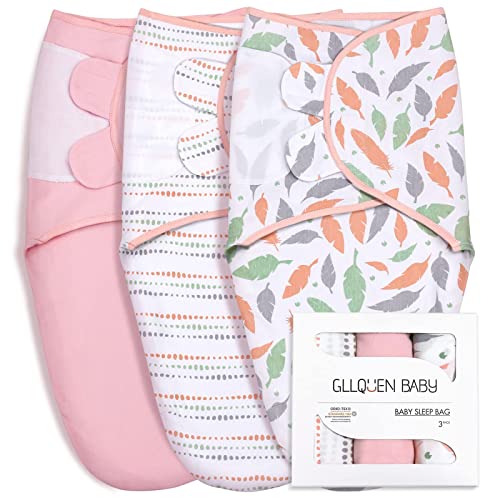The Importance of a Properly Fitted Swaddle Wrap
Swaddling is a popular technique used to calm and comfort babies. It involves snugly wrapping a baby in a blanket or swaddle wrap to mimic the feeling of being in the womb. However, one of the most common questions new parents have is how tight should a swaddle wrap be?
Finding the Right Balance
When it comes to swaddling, finding the right balance between comfort and safety is important. The swaddle wrap should be snug enough to provide the feeling of security but not too tight to restrict movement or cause discomfort. A properly fitted swaddle wrap can help newborns feel more secure and decrease their startle reflex, leading to longer and more restful sleep.
Tips for Properly Fitting a Swaddle Wrap
1. Start with a square or rectangular swaddle wrap: Using a swaddle wrap specifically designed for this purpose will make it easier to achieve the right fit. These wraps are usually made of lightweight, breathable fabric that allows for sufficient airflow.
2. Position the baby correctly: Lay the swaddle wrap on a flat surface and place the baby on top. The baby’s shoulders should line up with the top edge of the swaddle wrap. Fold one corner of the swaddle wrap over the baby’s chest and tuck it under the opposite arm.
3. Wrap snugly but not too tight: Bring the other corner of the swaddle wrap across the baby’s body, tucking it in securely under the baby’s back. The swaddle wrap should be snug around the baby’s chest and shoulders but loose enough to allow for proper hip movement.
4. Check for signs of comfort and safety: After swaddling, make sure the baby’s arms are securely tucked in and that the swaddle wrap is not covering the baby’s face. The baby’s hips should be able to move freely and their legs should be in a natural flexed position.
Potential Risks of an Improperly Fitted Swaddle Wrap
Using a swaddle wrap that is too tight can pose potential risks to the baby. It can restrict movement, leading to hip dysplasia or other hip-related issues. It can also increase the risk of overheating, as a tight swaddle wrap may prevent the baby from regulating their body temperature properly.
Additionally, a swaddle wrap that is too tight around the chest can put pressure on the baby’s developing ribcage, potentially causing discomfort or respiratory issues. It is important to remember that newborns have delicate and developing bodies, so proper care should be taken when swaddling to ensure their safety and comfort.
When to Stop Swaddling
While swaddling can provide comfort and security for newborns, it is important to know when to stop. As babies grow and develop, they start to gain more control over their movements and may no longer feel the need to be swaddled. Most babies transition out of swaddling between 3 to 6 months of age.
It is also important to consider the baby’s comfort and safety. If they are able to roll over independently, it is recommended to stop swaddling, as it can increase the risk of suffocation or other accidents. Always follow the recommendations of your pediatrician and monitor your baby’s development to determine when it is appropriate to stop swaddling.






